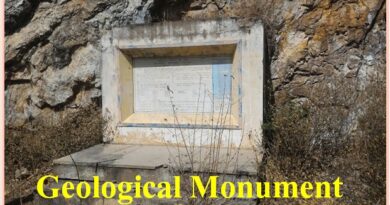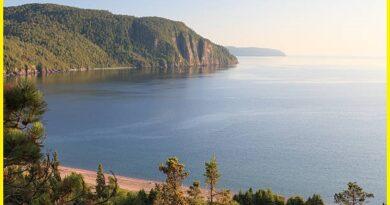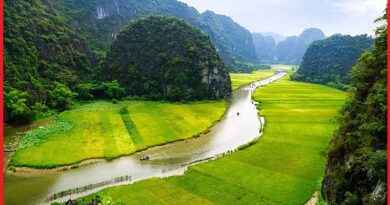Ancient undersea formation and the Vanishing Geo Heritage site- Bhojunda Stromatolite Park

CHITTAURGARH in the state of Rajasthan is located on the banks of rivers Gambhir (a tributary of Bananas), Fort at Chittaurgarh is a UNESCO World Heritage site and on the eastern periphery of which there is yet another Geo Heritage site Bhojunda Stromatolite park. The original park had an area of about 3.5 Ha which has now reduced to around 0.5 Ha. The Stromatolite Park was declared a National Geological Monument in the year 1976 by the Geological Survey of India.
Stromatolites
Stromatolite is layered bio-chemical mounds, column, or sheet-like sedimentary rock structures formed in shallow water by the trapping, binding, and cementation of sedimentary grains by biofilms of micro-organism. Stromatolites rocks occur in different shapes akin to sedimentary rocks.
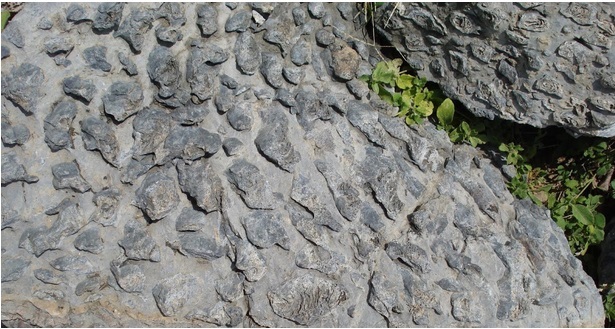
Bhojunda Stromatolite park belongs to Semri sediments. the most important form recognized in this formation is Conophyton cylindricus, which measured up to 1.75 m. in height and 35 cm. in diameter, the largest known for vindhyan rocks.
Stromatolite is stratiform, columnar, and nodular structures in carbonate rocks resulting from the organism activity and sediment trapping and binding ability of algal assemblages and bacteria. They form generally in shallow water where tides bring floating sedimentary material continuously and make it flow through carbonate particles. Stromatolites are known as impressions of one of the earliest forms of life on earth history.
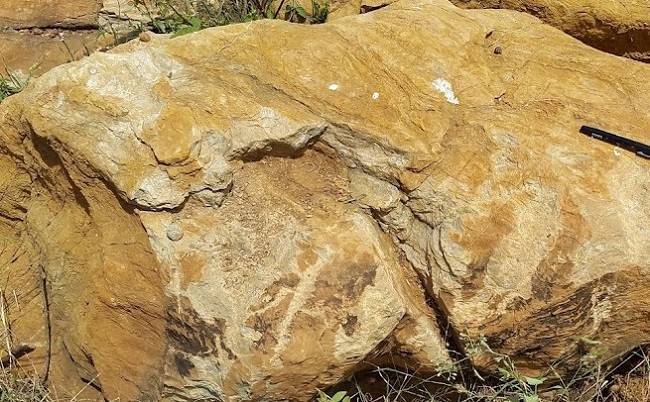
Geology
Bhojunda Stromatolite park, Chittaurgarh District, Rajasthan is exposed within the massive Bhagwanpura Limestone (Semri group) of the Lower Vindhyan age. Stromatolites are structures produced by blue-green algae, which through their filaments, attract and bond carbonate particles forming a circular and ellipsoidal shape.

The Vindhyan group of rocks of India is one of the largest and thickest sedimentary rock sequences in the world, which was deposited in an intra-cratonic basin, it is composed mostly of shallow marine deposits.
It is believed to have recorded a substantial portion of the past 1,000 million years of earth history and hence contains valuable information on the evolution of the atmosphere (CO2-rich to O2-rich), climate, and life on our planet (unicellular marine life).
Also read- Geoheritage site The Great Boundary Fault at Satur (Reverse fault), Bundi district, Rajasthan
Fossils fauna of Rajasthan depicts the evolutionary history of almost 3,800 million years. Pieces of evidence of life during the Proterozoic eon have been found in abundance in the form of stromatolites, formed by blue-green algae some 1500 million years ago.

